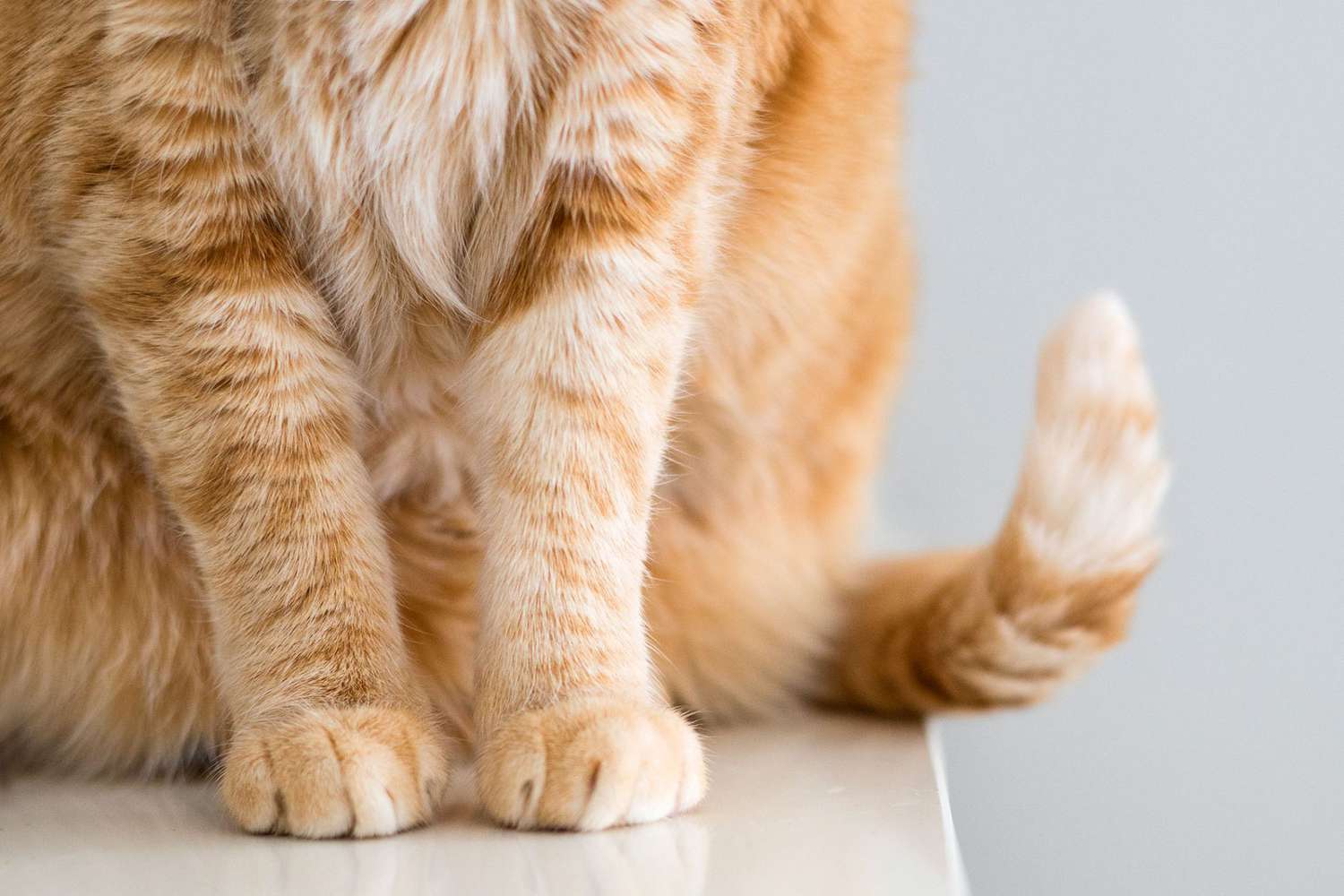What Every Cat Parent Needs To Know If Your Cat Is Stung By A Bee?Posted by Jenifer Loras on December 27th, 2020
Bee stings are not uncommon occurrences when the cats are outside. If your feline friend is stung by a bee, there are some things you need to know before you try to relieve a bee sting at home. Recognizing A Sting In certain cases, a cat will undergo a localized reaction, resulting in mild swelling and tenderness in the sting area. Most of the time, this happens on the face, usually near the nose, or on the paw, due to the propensity of the cat to beat her prey around. Look up if the stinger is still in the wound. Bees have barbed stingers that detach themselves from their bodies and become stuck in the skin when they sting. Wasps, on the other hand, keep their stingers intact, allowing them to sting their victims several times, which may increase the danger to your cat. Spotting A Bee Sting Sometimes, the cause of your pet's discomfort cannot be apparent. You will note that:
Treating A Mild Reaction In Your Cat Use the tips below to help your cat recover from a mild reaction to a bee or wasp sting.
Monitor Your Cat Afterwards Observe your cat closely after the sting episode to ensure that an allergic reaction does not occur and that the swelling does not worsen or spread. If a few days go by and the swelling doesn't go away, let your veterinarian know. For mild reactions, it is advised to monitor your pet for 12–24 hours after a sting. For more extreme reactions, your vet will give you a detailed advice. Like it? Share it! |



